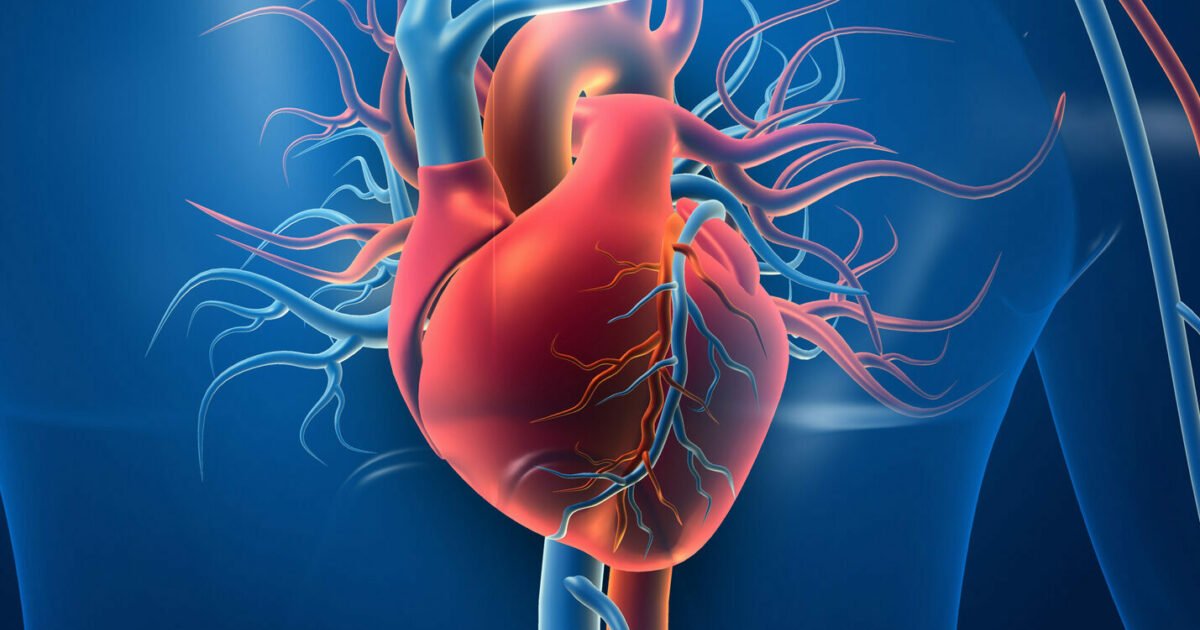Future trends in customer experience for healthcare
March 14, 2019 | Thursday | Features | By Dr. Rajeev Boudhankar
Advances in technology have created a new wave of products to improve patient comfort and care.
Image credit- fortinet.com
Healthcare is an industry that affects everyone, but one that has historically had a reputation for less-than-positive customer experiences. However, customer experience is now becoming a focus of many healthcare companies, hospitals and clinics. This is aided by new approaches and technology that have the power to transform healthcare. Here are some trends for healthcare customer experience for the near future and beyond.
- Augmented Reality Training for Healthcare
Augmented reality is a trend across all industries, but it is especially powerful in the healthcare field. One of the strongest applications is in medical training. Using AR, healthcare providers can see diagnoses and procedures right in front of them to learn new skills and expand their knowledge. Augmented reality also makes it possible to train more providers at once, which could fight the shortage of trained professionals around the world. Imagine a doctor being able to have treatment options pop up on a screen as he looks at different conditions or have growth charts appear around a child during a check-up. Instead of doctors having to spend more time reading studies to refine their skills, the information they need can simply appear in front of them as they seamlessly treat patients.
- Leveraging Data for Healthcare
Healthcare has always used data, but new types of data and ways of collecting it will impact customer experience. Automated systems can comb through huge amounts of data in real time to provide the best patient experience. Healthcare data comes in many forms, from post-visit feedback surveys to numbers of what days and times are the busiest so OPDs and clinics can properly staff their offices. Data can predict when a patient will get sick so that preventive action can be taken, create personalized healthcare plans, and potentially limit the spread of diseases before they grow out of control. It also allows providers to have a more complete view of each patient, which can potentially remove the pre-visit intake/admission questionnaires, which customers say is the most frustrating aspect of healthcare.
- Patient Personalization
Customers today don’t have time to be sick, and they don’t want to wait around for services they don’t need. With the growth of data comes the ability to personalize the healthcare experience. Starting today and growing in the future, healthcare offices/OPDs/clinics will be able to create a completely personalized experience for each customer. Instead of everyone being treated the same, clinics will be able to use data to see what doctors a patient prefers, if they like being seen in person or remotely, their health history, and any potential health issues. That means that instead of having to navigate through a complicated web of healthcare representatives, a patient's information will be easily accessible so the right treatment options, preventive care, and recommendations can be made.
- Using Wearable Devices in Healthcare
Wearable devices are powerful tools to keep patients involved and invested in their personal health. The most frequent users of wearable devices are people who are less healthy than average and more likely to need to be hospitalized. Devices like activity trackers help customers stay more active and healthier on their own, which can decrease their need to see a doctor, while more advanced devices can monitor patient health metrics such as blood pressure, heart rate, and diet on the go. Instead of having to go to a clinic for monitoring, patients can do it at home and always be connected to a doctor. If a monitored patient’s blood pressure spikes, the doctor can receive a notification and take action. Wearable devices are a less invasive way to still get great care.
- Hospitals Using Smart Technology
Advances in technology have created a new wave of products to improve patient comfort and care. Using connectivity and automation, these tools alleviate some of the pressure on healthcare providers and put customers in control. Smart technology comes in a variety of forms to increase comfort and efficiency and decrease risks. Modern Hospitals around the world have started using smart beds that self-adjust to the correct pressure and support for each patient’s preferences and condition. Other clinics in the western world are using robots that can monitor a patient without a human provider being in the room. Smart devices and applications will continue to grow and spread throughout the healthcare field.
Dr. Rajeev Boudhankar, CEO-Bhatia Hospital, Mumbai










